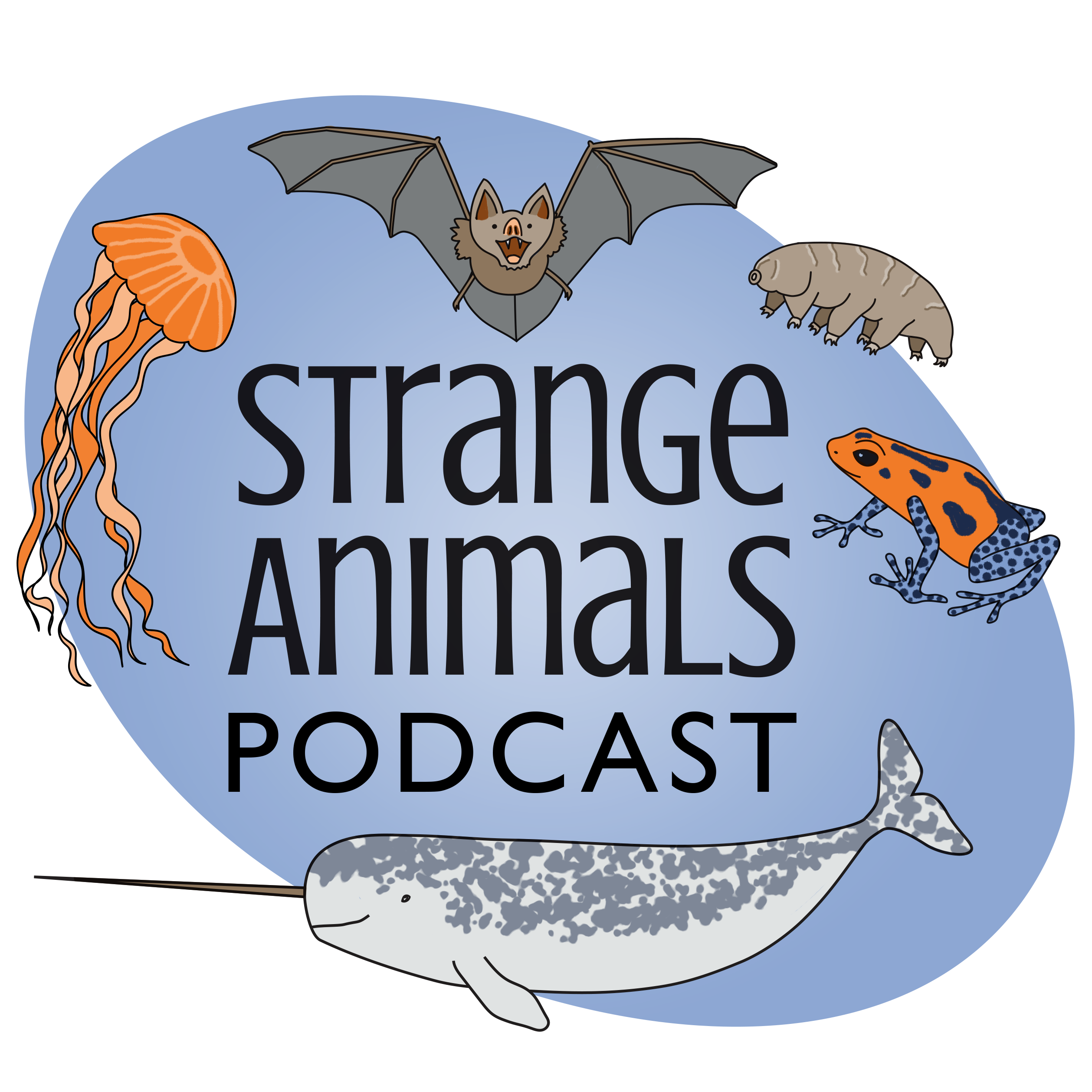Episode 189: The Handfish and the Lumpsucker

This week we have two more listener suggestions, so thanks to Rosy and Simon! They both suggested small but intensely interesting fish!\n\nFurther reading:\n\nThe Handfish Conservation Project - Name a Fish!\n\nFurther watching:\n\nPacific Spiny Lumpsucker making adorable faces\n\nThe only smooth handfish specimen in the whole world:\n\n\n\nIn case you were wondering why it's called a handfish (this one is a spotted handfish):\n\n\n\nA red handfish. You'd be angry too if there were fewer than 100 individuals left in your species (photo by Rick Stuart-Smith):\n\n\n\nA Pacific spiny lumpsucker:\n\n\n\nHOW IS THIS REAL? I AM GOING TO DIE. These are real lumpsuckers on a real balloon in an aquarium. Apparently it's a birthday party thing to do in Japan:\n\n\n\nThe sucker part of the lumpsucker:\n\n \n\nSO ANGY:\n\n\n\nShow transcript:\n\nWelcome to Strange Animals Podcast. I\u2019m your host, Kate Shaw.\n\nThis week we\u2019re going to learn about two interesting fish, but first a CORRECTION!\n\nIn the hyena episode last week I called the hyena a canid, and it\u2019s not! Yikes, that was a major blunder on my part. Thanks to Bal for the correction. Hyenas aren\u2019t even very closely related to canids at all. They\u2019re in the family Hyaenidae while canids are in the family Canidae, although both are in the order Carnivora along with cats and walruses and raccoons and weasels, etc. AND thanks to Simon who also let me know that the striped hyena lives in the Middle East and Asia as well as Africa. Sorry, y\u2019all. I hate when I make mistakes.\n\nAnyway, back to the fish! We\u2019ll start with the handfish, which happens to be a suggestion by Simon. Simon sent me an article about the smooth handfish specifically, and it\u2019s a sad article because the smooth handfish has been declared extinct.\n\nThe smooth handfish used to be a common fish that lived off the coast of Tasmania in warm, shallow water. It was reddish-brown with darker brown markings, and it grew to about 1 3/4 inches long, or 4.4 cm. But the area where it lived was dredged so intensively for oysters and scallops up until 1967 that the fish\u2019s habitat was destroyed. It was described in 1802 from a single specimen caught by a French naturalist, but that\u2019s the only smooth handfish anyone ever bothered to collect for science. And now it\u2019s the only specimen we have to study.\n\nThe reason the smooth handfish was so vulnerable to habitat loss is that it didn\u2019t have a larval stage where newly hatched fish could disperse to new areas by floating on currents. Handfish eggs hatch into teeny baby handfish, not larval handfish. As a result, it was restricted to only specific areas and when those areas were destroyed by dredging, the fish was driven extinct. And the really awful thing is, the only reason people stopped dredging for oysters and scallops is because they\u2019d been so overfished that there basically weren\u2019t any left. The smooth handfish is actually the first marine fish known that has gone extinct in modern times.\n\nThere are 13 other species of handfish known in the world, but they\u2019re all endangered due to pollution, habitat loss, and the spread of invasive species. Like the smooth handfish, other handfish species lay eggs that hatch into juvenile fish instead of larval fish, so they\u2019re also especially vulnerable to habitat loss. For example, there are fewer than 100 red handfish alive in two small areas off the coast of Tasmania. We know because each fish has unique markings, which allows conservationists to identify individuals. A group called the Handfish Conservation Project has put together a database of living individuals, and if you donate at least $1,000 (in Australian dollars) you get to give one of the fish a name. I\u2019ll put a link in the show notes so you can go look at the fish and see the names some of them have been given. The names include Ginger Ninja, Knuckles, Rosie Palm, and The Stalker.\n\nThe handfish is called that because its pectoral fins look like big flat hands that it uses t...